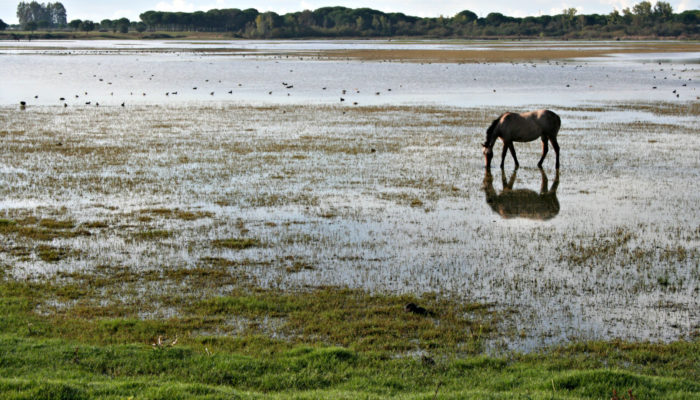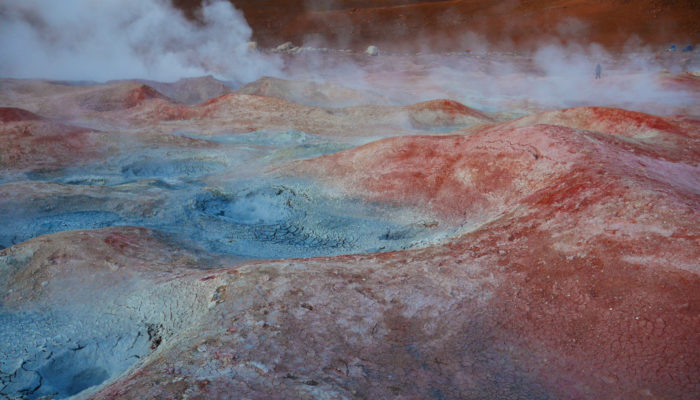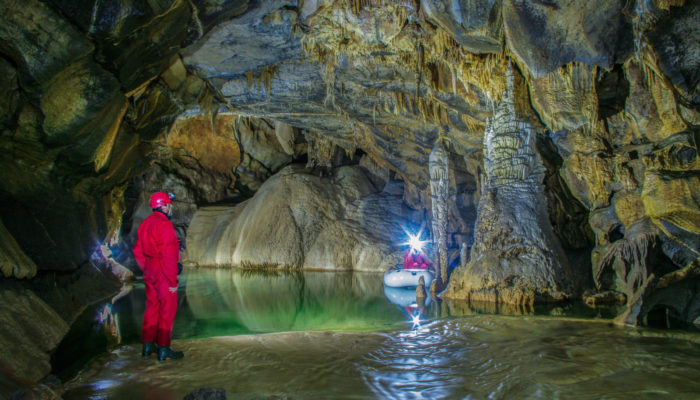The coast line of Huelva is furrowed by wetlands and sprinkled with salt flats. These areas are a sanctuary for wildlife and are visited by migrating birds travelling between Europe and Africa. In these wetlands grow the salt cedar, the Phoenician juniper, the mastic tree, the Montpellier cistus, the rockrose, the kermes oak, rosemary, cordgrass, reeds and bulrushes. The picture shows part of the ...[Read More]
Imaggeo On Monday: Salt marsh in El Rocío (Huelva, SW Spain)




